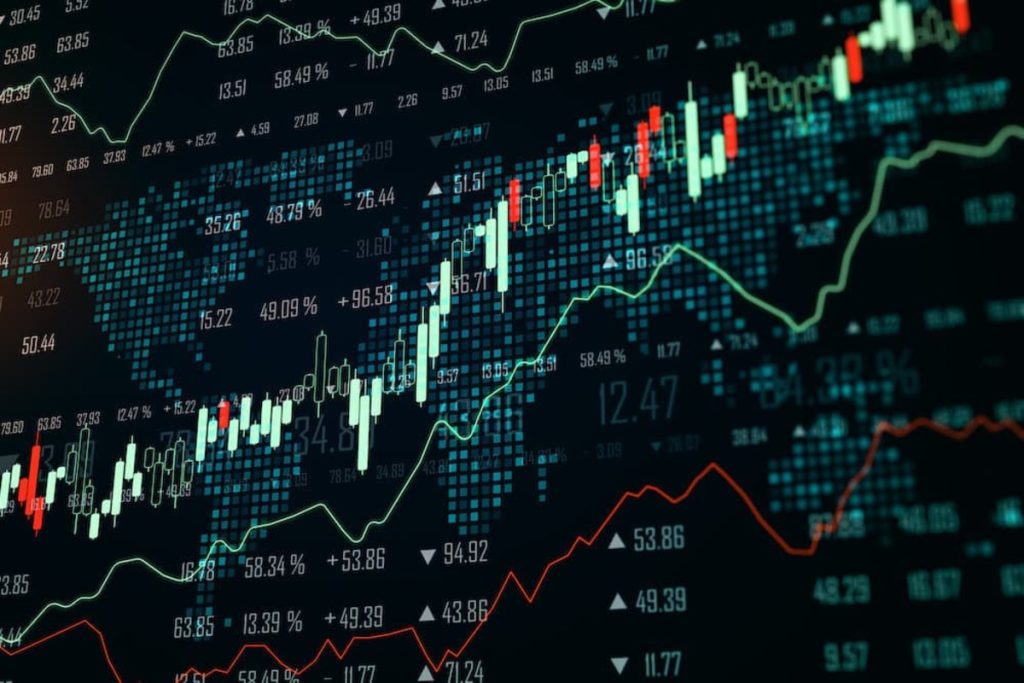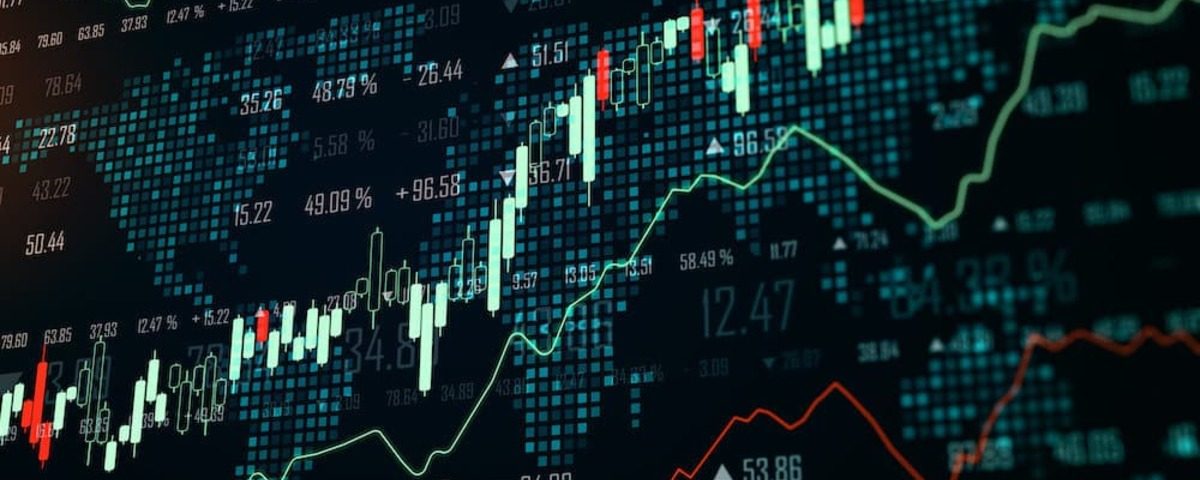
Forex Demo Accounts: Practice Without Risk
14/07/2024
Introduction to Forex Scalping: A Comprehensive Guide
14/07/2024Automated Forex Trading Systems: A Comprehensive Guide
Introduction to Automated Forex Trading Systems
Automated Forex trading systems, also known as algorithmic trading or algo trading, have revolutionized the way traders interact with financial markets. These systems use computer algorithms to automate trading decisions and execute trades at high speeds and with minimal human intervention. By leveraging technology, traders can potentially increase their efficiency, reduce emotional bias, and capitalize on market opportunities more effectively. This comprehensive guide will explore the benefits, challenges, and key components of automated Forex trading systems, along with strategies for selecting and implementing them successfully.

What is Automated Forex Trading?
Automated Forex trading involves using software programs to automatically execute trades based on predefined criteria. These programs, known as trading robots or Expert Advisors (EAs), analyze market data, identify trading opportunities, and place orders without the need for manual input.
Key Features of Automated Trading Systems
- Algorithmic Trading: Utilizes mathematical models and algorithms to make trading decisions.
- Backtesting: Allows traders to test strategies on historical data to evaluate their performance.
- High-Speed Execution: Executes trades at high speeds, often faster than human traders.
- 24/5 Trading: Operates continuously during market hours, capturing opportunities that may arise at any time.
Benefits of Automated Forex Trading Systems
1. Increased Efficiency
Automated trading systems can process vast amounts of data quickly and execute trades at speeds that humans cannot match. This increased efficiency can lead to better trade execution and more opportunities to profit.
2. Elimination of Emotional Bias
One of the primary advantages of automated trading is the removal of emotional decision-making. Emotions such as fear and greed can cloud judgment and lead to poor trading decisions. Automated systems strictly follow predefined rules, ensuring consistency and discipline.
3. Backtesting Capabilities
Automated trading systems allow traders to backtest their strategies using historical data. This feature helps evaluate the effectiveness of a strategy before deploying it in live trading, reducing the risk of losses.
4. Consistent Trading
Automated systems ensure that trading strategies are executed consistently according to predefined rules. This consistency helps avoid deviations from the trading plan and improves overall performance.
5. 24/5 Market Access
Automated trading systems can operate around the clock, taking advantage of trading opportunities that may arise at any time, even when the trader is not actively monitoring the market.
Challenges of Automated Forex Trading Systems
1. Technical Issues
Automated trading systems are reliant on technology, which can sometimes fail. Technical issues such as software bugs, connectivity problems, and hardware malfunctions can disrupt trading and lead to losses.
2. Over-Optimization
Over-optimization, or curve-fitting, occurs when a trading strategy is excessively tailored to historical data. While this may result in excellent backtest performance, it often fails to perform well in live trading due to changes in market conditions.
3. Market Changes
Financial markets are dynamic and constantly evolving. An automated trading system that performs well under certain market conditions may struggle under different circumstances. Regular updates and adjustments to the strategy are necessary to maintain performance.
4. Cost
Developing, purchasing, and maintaining automated trading systems can be expensive. Traders need to consider the costs of software, data feeds, and potential subscription fees when implementing automated trading.
5. Lack of Flexibility
Automated trading systems operate based on predefined rules and may lack the flexibility to adapt to unexpected market events or news releases that could impact trading decisions.
Key Components of Automated Forex Trading Systems
1. Trading Platform
The trading platform is the software interface that connects the trader to the Forex market. Popular platforms for automated trading include MetaTrader 4 (MT4), MetaTrader 5 (MT5), and cTrader.
2. Expert Advisors (EAs)
Expert Advisors are automated trading programs that execute trades based on predefined criteria. EAs can be custom-built or purchased from third-party providers and can range from simple rule-based systems to complex algorithms incorporating advanced technical indicators.
3. Technical Indicators
Technical indicators are mathematical calculations based on price, volume, or open interest that help traders identify potential trading opportunities. Common indicators used in automated trading include moving averages, Relative Strength Index (RSI), and Bollinger Bands.
4. Backtesting and Optimization Tools
Backtesting tools allow traders to test their strategies on historical data to evaluate their performance. Optimization tools help refine strategies by adjusting parameters to achieve the best possible results.
5. Risk Management Features
Effective risk management is crucial for successful trading. Automated systems should include risk management features such as stop-loss orders, take-profit orders, and position sizing algorithms to protect the trader’s capital.
Developing an Automated Trading Strategy
1. Define Your Trading Goals
Before developing an automated trading strategy, it is essential to define your trading goals. Consider factors such as risk tolerance, trading style, time commitment, and financial objectives.
2. Choose a Trading Approach
Select a trading approach that aligns with your goals and preferences. Common approaches include:
- Trend Following: Identifies and trades in the direction of established market trends.
- Mean Reversion: Capitalizes on price corrections, expecting prices to revert to their mean.
- Breakout Trading: Trades on price movements beyond key support or resistance levels.
- Scalping: Executes numerous small trades to capture minor price movements.
3. Develop Entry and Exit Rules
Create clear and objective entry and exit rules based on technical indicators, price patterns, or other criteria. Ensure that these rules are specific and testable.
4. Implement Risk Management
Incorporate risk management features into your strategy to protect your capital. Set stop-loss and take-profit levels, determine appropriate position sizes, and establish rules for managing open trades.
5. Backtest and Optimize
Use backtesting tools to test your strategy on historical data and evaluate its performance. Optimize the strategy by adjusting parameters to achieve the best results while avoiding over-optimization.
6. Monitor and Adjust
Regularly monitor your automated trading system’s performance and make necessary adjustments to adapt to changing market conditions. Continuously refine your strategy based on performance feedback.
Selecting an Automated Trading System
1. Determine Your Needs
Identify your specific needs and preferences, such as trading style, risk tolerance, and the desired level of automation. This will help you choose a system that aligns with your trading goals.
2. Evaluate Available Options
Research and compare different automated trading systems available in the market. Consider factors such as performance history, reliability, ease of use, and customer support.
3. Test the System
Before committing to an automated trading system, test it using a demo account. This allows you to evaluate its performance in a risk-free environment and ensure it meets your expectations.
4. Check Reviews and Reputation
Read reviews and seek recommendations from other traders to gauge the system’s reputation and reliability. Be cautious of overly positive reviews, as they may be biased or misleading.
5. Assess Costs
Consider the costs associated with the automated trading system, including purchase price, subscription fees, and any additional costs for data feeds or platform access. Ensure the potential benefits justify the expenses.
Implementing an Automated Trading System
1. Set Up Your Trading Environment
Ensure you have a stable and secure trading environment, including a reliable computer, internet connection, and power backup. Install the necessary software and configure your trading platform.
2. Configure Your Trading System
Set up your automated trading system according to your predefined strategy. Input your entry and exit rules, risk management parameters, and other settings.
3. Test on a Demo Account
Start by testing your automated trading system on a demo account to evaluate its performance in real-time market conditions. Make any necessary adjustments based on the results.
4. Monitor Performance
Once you transition to live trading, regularly monitor your system’s performance. Keep an eye on trade execution, system behavior, and overall profitability.
5. Stay Informed
Stay updated on market conditions, economic news, and other factors that may impact your trading strategy. Be prepared to adjust your system as needed to adapt to changing market environments.
Best Practices for Automated Forex Trading
1. Start Small
When transitioning to live trading, start with a small amount of capital to minimize risk. Gradually increase your investment as you gain confidence in your automated trading system.
2. Diversify Strategies
Avoid relying on a single trading strategy. Diversify your approach by implementing multiple strategies to spread risk and increase the chances of consistent profitability.
3. Maintain Realistic Expectations
Understand that no automated trading system is perfect. Set realistic expectations and be prepared for periods of underperformance or losses.
4. Continuously Improve
Automated trading requires ongoing refinement and improvement. Regularly review your system’s performance, stay informed about market developments, and continuously seek ways to enhance your strategy.
5. Use Reliable Brokers
Choose a reputable broker with robust infrastructure and reliable execution. Ensure they support automated trading and provide the necessary tools and resources.
Conclusion
Automated Forex trading systems offer numerous benefits, including increased efficiency, elimination of emotional bias, and consistent trading execution. However, they also come with challenges, such as technical issues, market changes, and the risk of over-optimization. By understanding the key components of automated trading systems, developing effective strategies, and following best practices, traders can leverage technology to enhance their trading performance. Whether you are a beginner or an experienced trader, incorporating automated trading into your approach can provide a valuable edge in the dynamic world of Forex trading.



